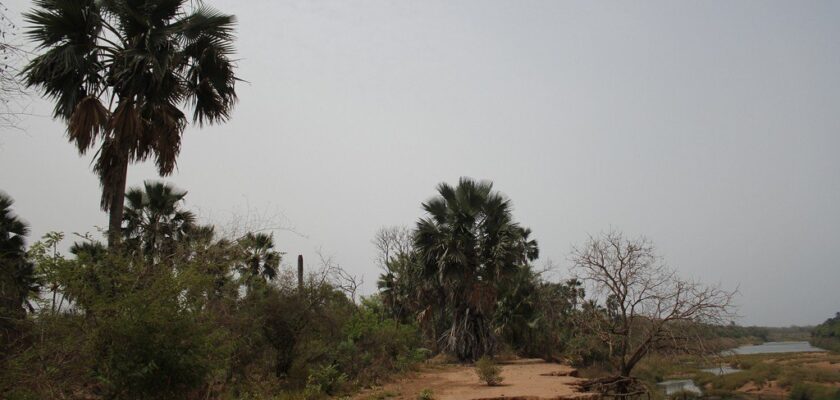Niokolo-Koba National Park
Niokolo-Koba National Park is one of the oldest African reserves, located in Senegal, near the border with Guinea-Bissau. The reserve was established in 1954 to protect Africa’s wildlife and today covers an area of 9,130 km². Since 1981, Niokolo-Koba has been included in the UNESCO World Heritage List. Due to the fact that the territory of the nature reserve is remote from the country’s capital, the number of tourists coming here remains modest.
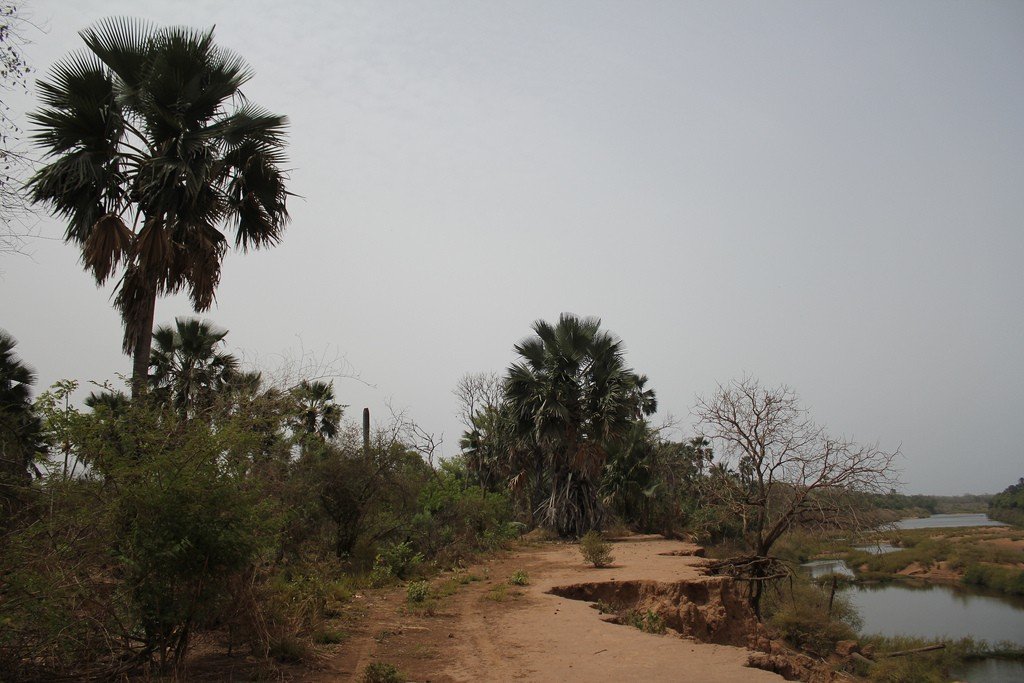
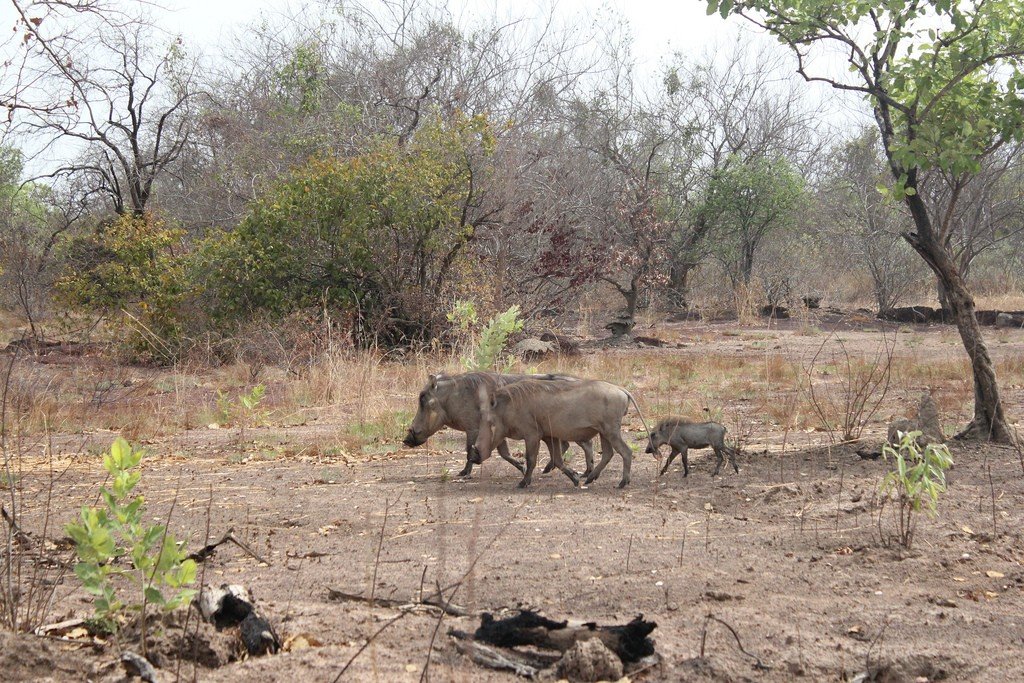
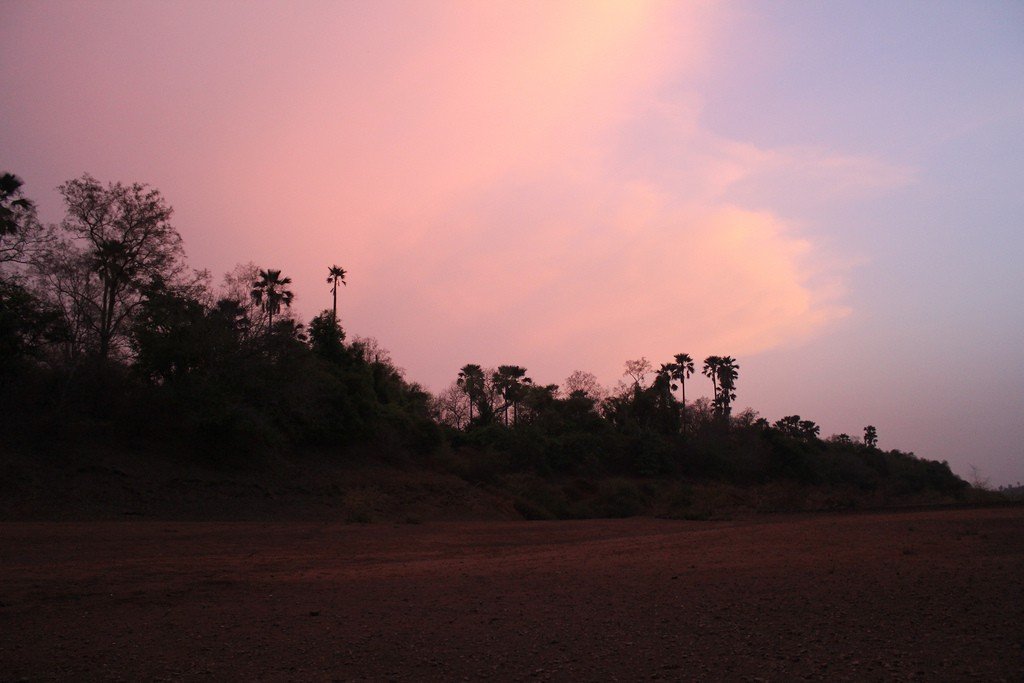
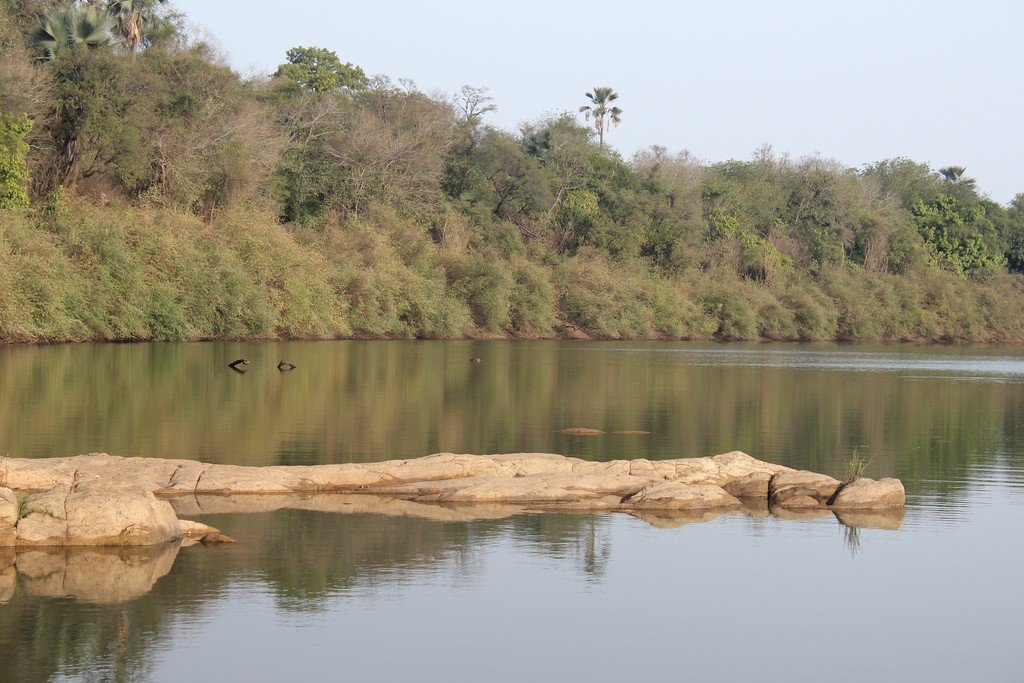
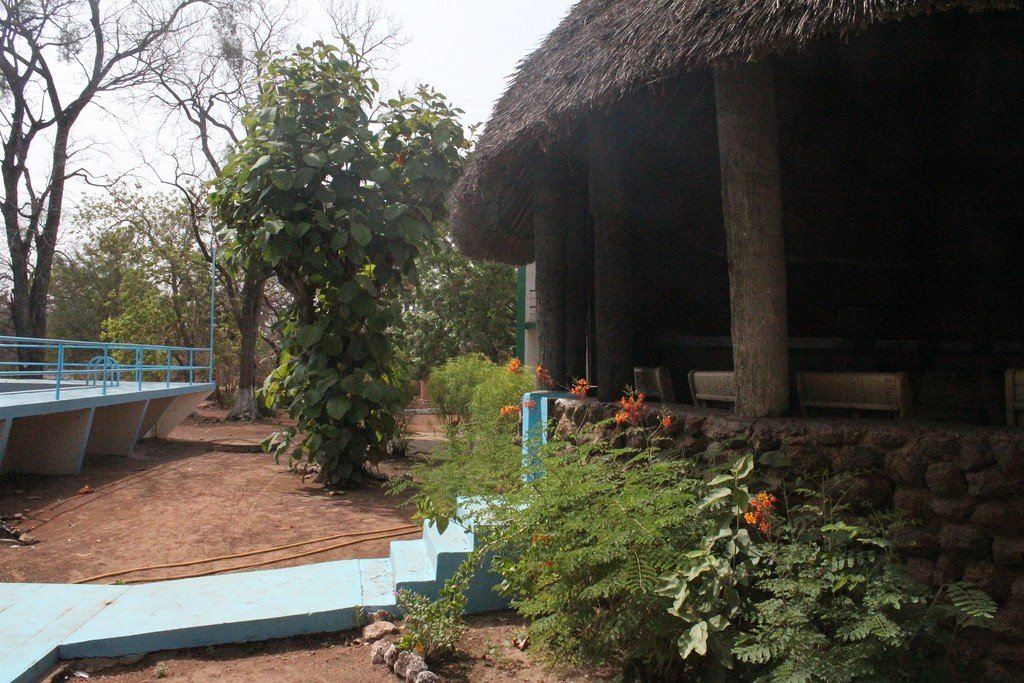
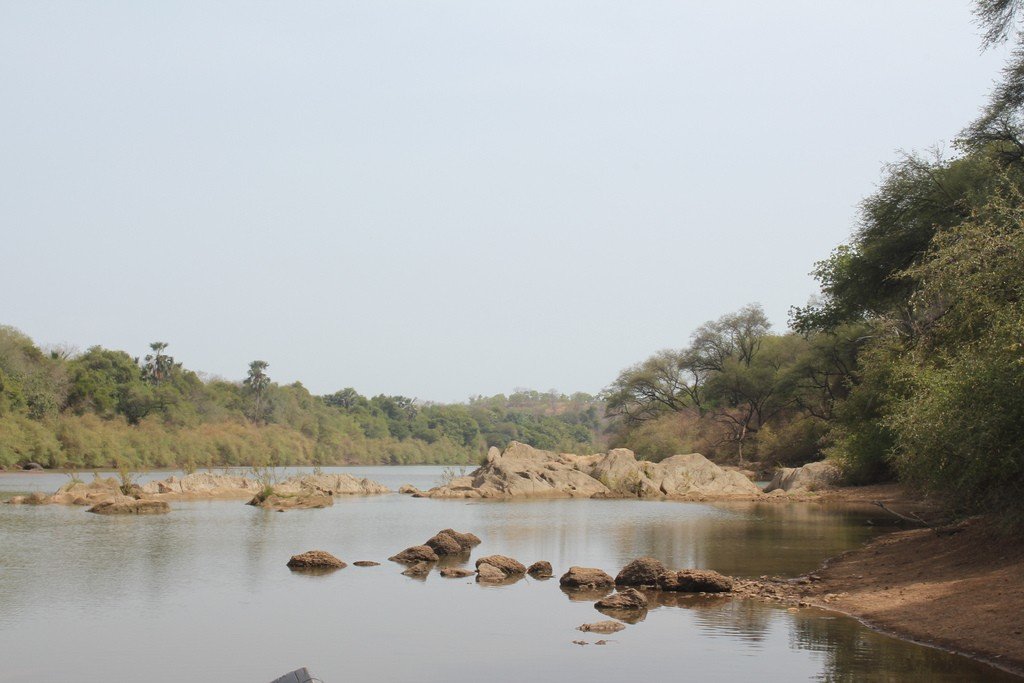
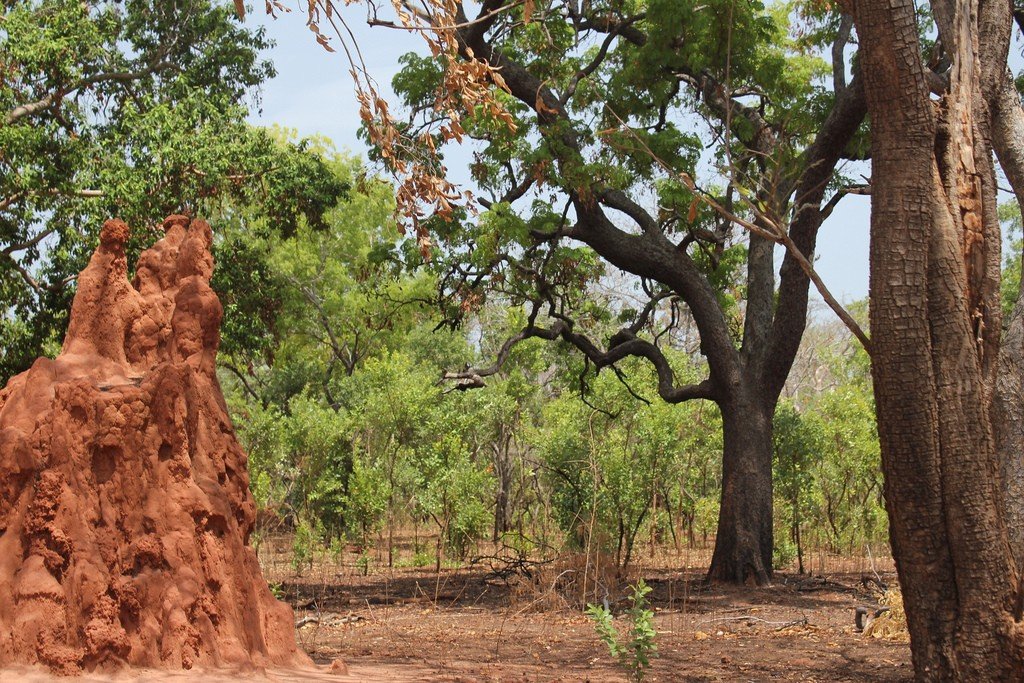
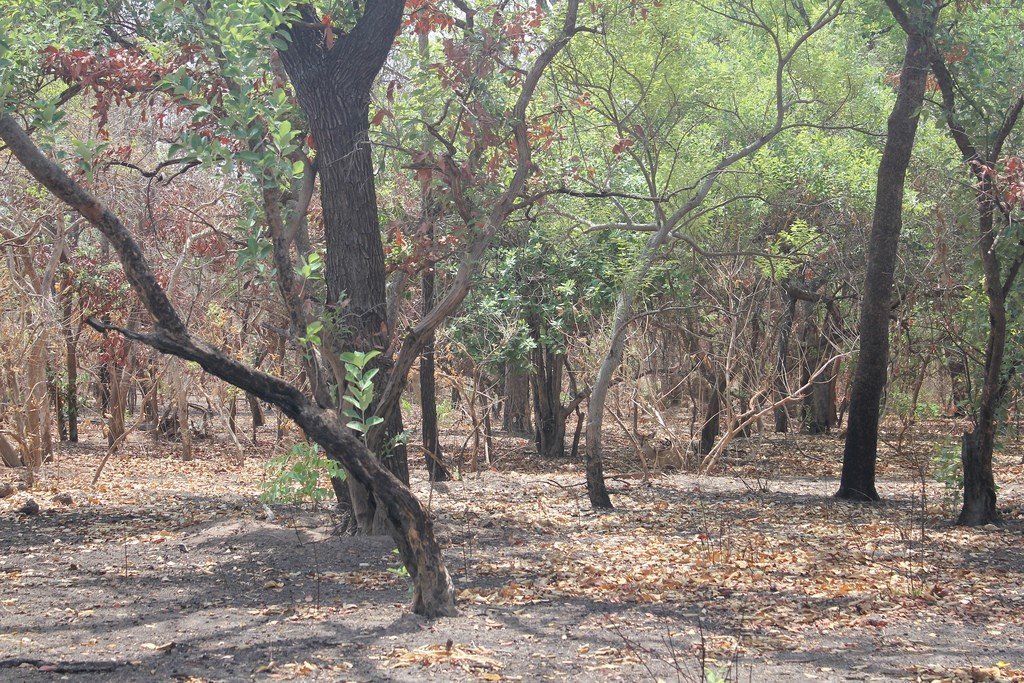
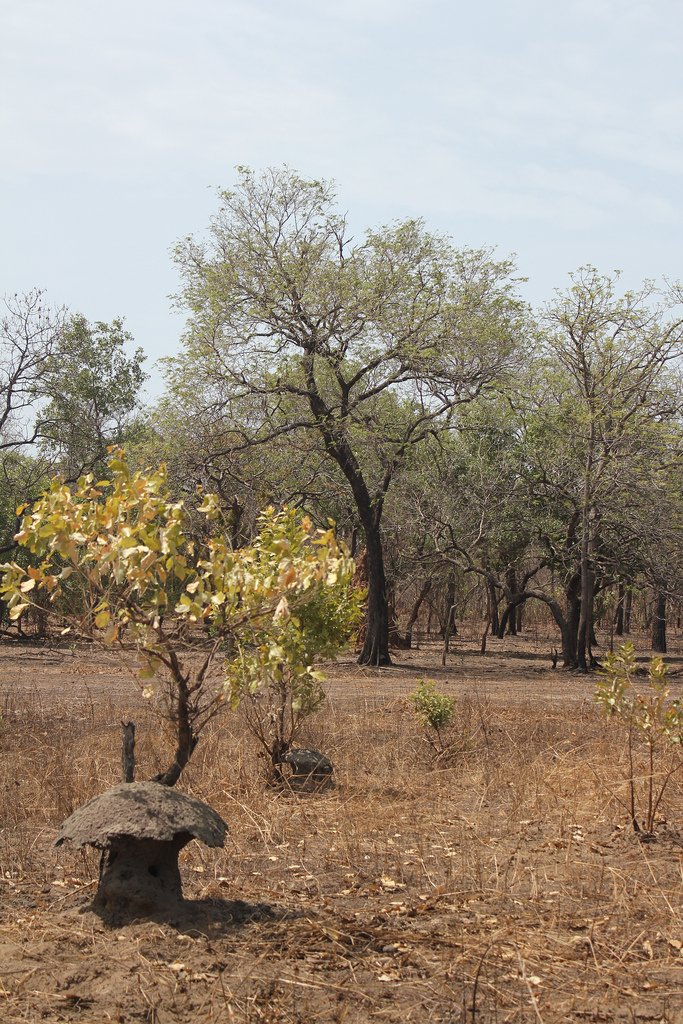
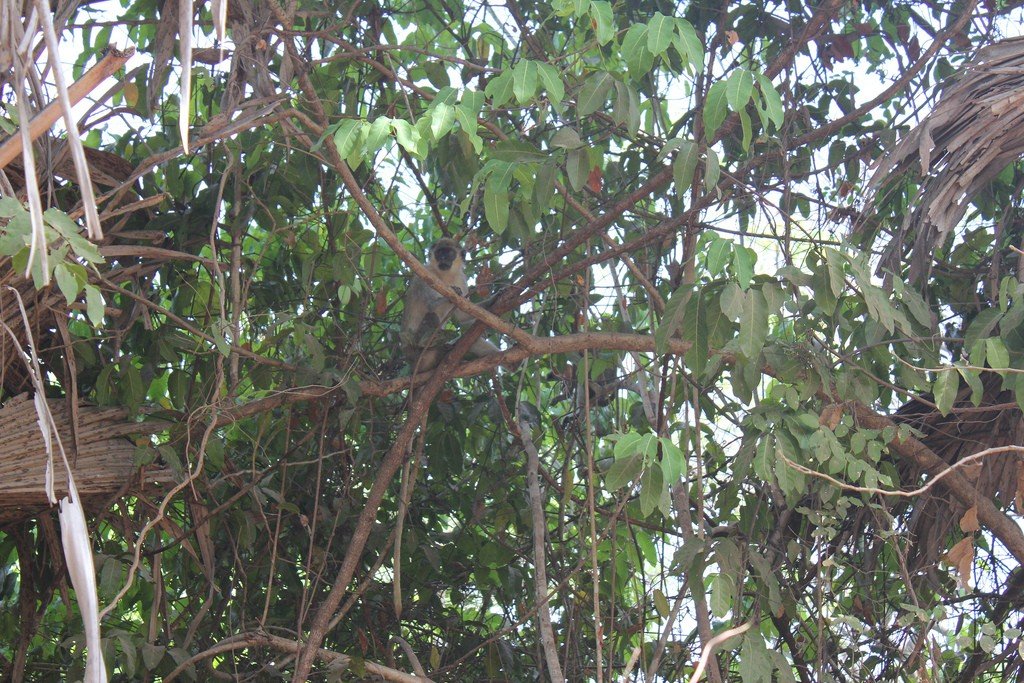
Video: Niokolo-Koba National Park
Highlights
The park lies on a hilly terrain with elevations ranging from 16 to 311 meters above sea level, which is crossed by the Gambia River and its two tributaries, the Kuluntu and Niokolo-Koba. The nature reserve covers a zone of savannahs and semi-savannahs, where typical representatives of flora and fauna of West Africa can be found. Large areas in the river floodplains are occupied by wetlands.
.The best time to visit the Niokolo-Koba National Park is from March to May. From June to November, the territory is closed. Traveling through the reserve is possible during the daytime. Night tours are not allowed, as predators hunt here in the dark. Visitors are driven around the park in cars at low speed in order not to disturb the animals unnecessarily. In addition, canoe tours are organized around the reserve. To see the main sights of the Niokolo-Koba National Park, it is better to plan 2-3 days.
.Those travelers who are interested in the culture of indigenous African tribes, stop by the villages of the Bassari people, located near the border of Senegal and Guinea-Bissau. Their inhabitants are subsistence farmers, growing wheat, harvesting wild honey and herding cattle. In African villages, you can learn about Bassari traditions, participate in local festivals and buy beautiful souvenirs.
.The Niokolo Koba Park tour costs $27.6 per person and $191.3 per car. A trip with a stop at the Bassari villages costs $27.6 per person and $239.1 per car. The reserve has a hotel and restaurant, so travelers can stay in the park overnight if they wish.
.Plants and animals
Nicolo-Koba National Park contains almost 80% of all the forests in Senegal. Pristine tropical forests cover all the low hilly ridges rising above the river valleys. Scientists have counted more than 1,500 plant species, and the most common are acacia, bamboo thickets and mahogany trees, whose wood has a distinctive red color.
.
There are 80 species of mammals within the boundaries of the protected area – large numbers of buffalo, elephants, giraffes, water goats, hippos, antelope-cannas, duikers, red colobus and chimpanzees. Of the predators, lions, panthers, servals, leopards and hyena dogs are found in the expanses of the reserve.
.There are 38 species of reptiles, 3 species of crocodiles, 4 species of turtles, 60 species of fish and 20 species of amphibians. Of the 300 species of birds, rare species include the great bustard, the crowned crane, the kaffir horned crow, and the bald eagle.
.
Current problems of the reserve
In 2007, the Niokolo-Koba National Park was recognized as a natural area that is threatened with destruction. The reason for this is poaching, which the Senegalese authorities cannot cope with.
>
Due to uncontrolled shooting, the number of elephants and leopards has significantly decreased in recent years. In addition, the future of the reserve is threatened by dam and major road projects that the Senegalese authorities are developing to improve the economic situation in the region.
.
How to get there
Niokolo-Koba National Park is located in the southeastern part of Senegal. The reserve offers cab transfers (for a maximum of four people) from the capital Dakar ($189.6), as well as from the cities of Tambacounda ($53.4) and Saint-Louis ($230.8).
.